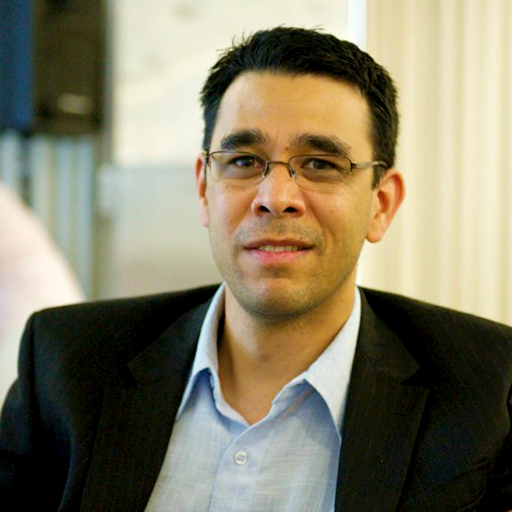Invited Lecturers
Trends and future of solid state dosimetry
Prof. Anatoly Rosenfeld
ISSDO Chair / University of Wollongong, Australia
Biography
More than 35 years of expertise in the field of radiation physics and semiconductor detectors
2002-2013 Professor , Director of Centre for Medical Radiation Physics, School of Physics, UoW
2014-2015 Senior Professor, Director of Centre for Medical Radiation Physics, School of Physics UoW
2016- Distinguished Professor, Director of Centre for Medical Radiation Physics, School of Physics UoW
Summary
As Chair of the International Solid State Dosimetry Organization (ISSDO), Prof. Rosenfeld will briefly overview the current state-of-the-art in the solid state dosimetry and deliver his vision on future trends of advancements in solid state dosimetry technology and their various applications.
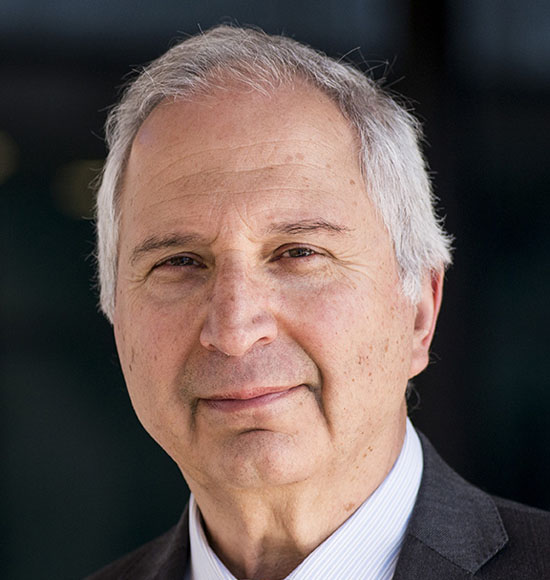
Anatoly Rosenfeld (Australia)
Dosimetric consideration for children in radiation therapy and diagnosis
Dr. Saveta Miljanić
Ruđer Bošković Institute, Croatia
Biography
20 years of work as a head of the unit of Ruđer Bošković Institute
2008-2012 Former deputy head of National Secondary Standard Dosimetry Laboratory in Croatia
Present Senior Research Associate of the Ruđer Bošković Institute
Summary
Dr. Miljanić has been working for establishing more accurate, reliable dosimetry for the pediatric patients. In this lecture, she will share her broad knowledge and precious experience about her long challenges for radiological protection of children who had/will have radiosurgery including radiation diagnosis.
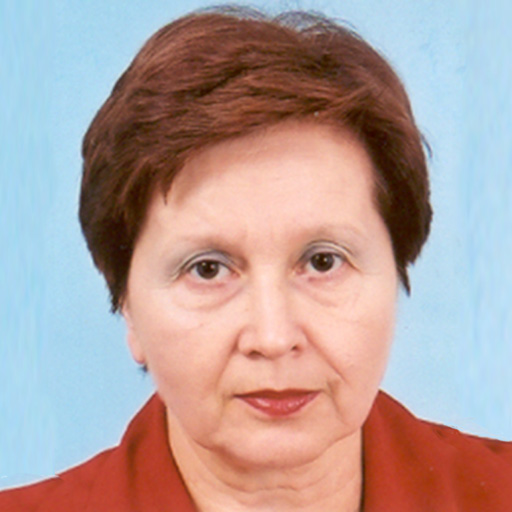
Saveta Miljanić (Croatia)
Quantum Radiation Imaging for Biomedical Applications
Prof. Hiroyuki Takahashi
University of Tokyo, Japan
Biography
1995 Assistant Professor, University of Tokyo
2005 Professor, University of Tokyo
Summary
Positron emission tomography and other radiation imaging techniques provide biological functions and molecular information. We are developing new sensor technologies and studying new imaging methods, which can be used for new cancer diagnostics and high resolution tracer imaging.
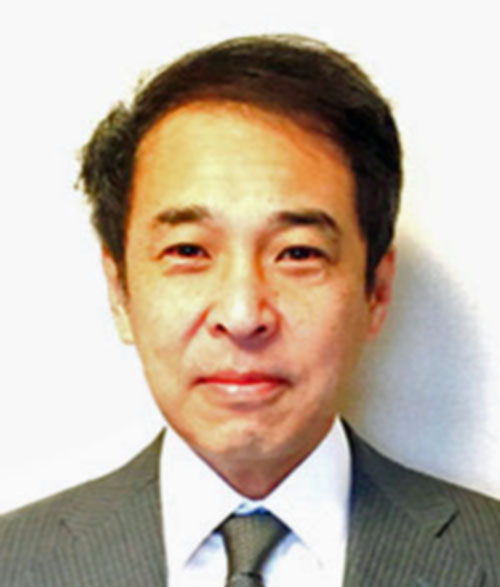
Hiroyuki Takahasi (Japan)
Current status and future prospect of RPL glass dosimeter
Prof. Takayoshi Yamamoto
Professor Emeritus of Osaka University, Japan
Biography
1968 Research assistant, Osaka University
1984 Associate Professor, Osaka University
1995 Professor, Osaka University
2003 Professor Emeritus, Osaka University
2007 Director, Oarai Research Center, Chiyoda Technol Coopration
2012- Research Consultant, Oarai Research Center, Chiyoda Technol Coopration
Summary
Radiophotoluminscent (RPL) glass dosimeter has advantages that are not seen in other dosimeters. The various applications of the RPL dosimeter is briefly reviewed and relevant perspectives are discussed.
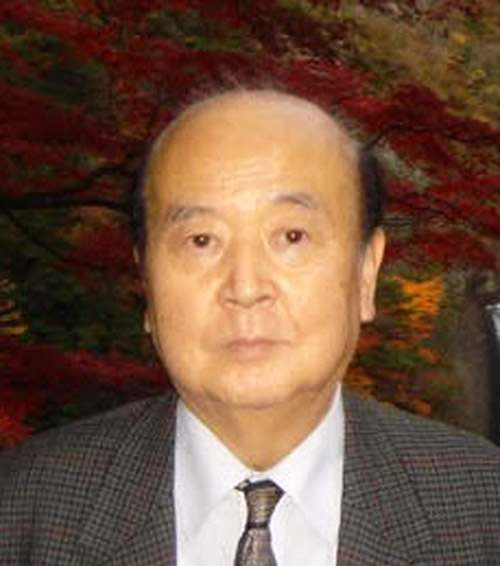
Takayoshi Yamamoto (Japan)
Microdosimetric modelling of radiation-induced luminescence
Dr. Alessio Parisi
Belgian Nuclear Research Centre SCK•CEN, Belgium
Biography
2015 Master of Science in Nuclear Engineering, University of Pisa (Italy)
2018 PhD in Engineering, University of Mons and Belgian Nuclear Research Centre SCK•CEN (Belgium)
2018- Scientific Collaborator, Belgian Nuclear Research Centre SCK•CEN (Belgium)
Summary
This talk deals with the development and validation of the Microdosimetric d(z) Model able to describe and predict the efficiency of luminescent detectors for measuring different radiation qualities. Firstly, the theoretical background, the assumptions behind the model and its methodology are reviewed in detail. Afterwards, the results of the model are benchmarked through a comparison with experimentally determined efficiency values. In addition, a systematic investigation on the effect of simulation parameters on the calculated efficiency values is included in the discussion. Finally, some immediate applications of the model are shortly presented.
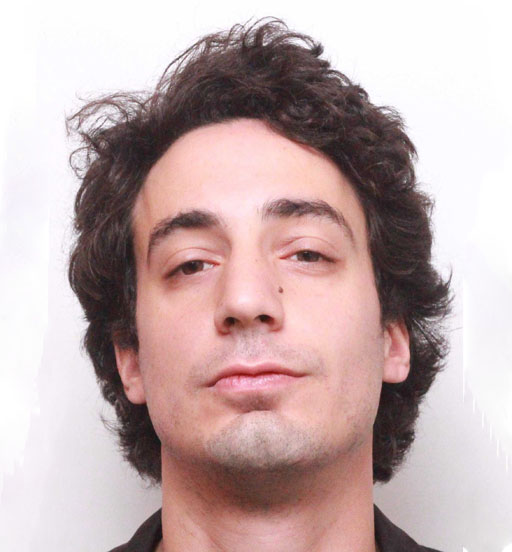
Alessio Parisi (Belgium)
Radiation security and safety in Africa
Prof. Makaiko Chithambo
Rhodes University, South Africa
Biography
2000 PhD, University of Edinburgh, UK
2002-2005 Lecturer, Rhodes University,
2006-2008 Senior Lecturer, Rhodes University
2009-2014 Associate Professor, Rhodes University
2010- Head, Physics Department, Rhodes University
2015- Professor, Rhodes University
Summary
Radiation sources are used for research, medical and a myriad other applications across Africa. Although policies have been formulated at national or institutional level to safeguard against deleterious effects of exposure to radiation, new emerging threats such as nuclear terrorism have called attention to the need for training in international best practice in this area. In this talk, we will look at contemporary efforts to strengthen regulations for nuclear security against threats from misuse of nuclear and radioactive material in Africa.
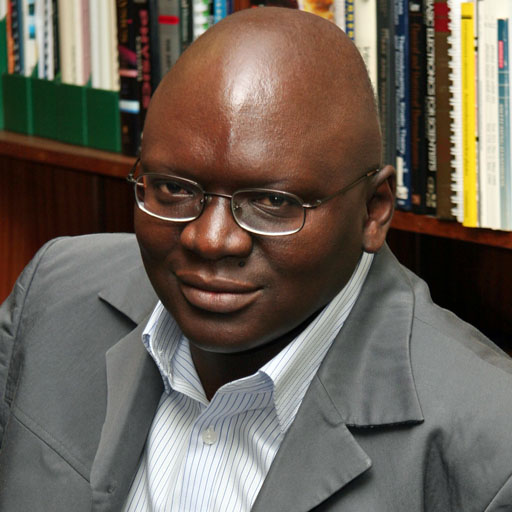
Makaiko Chithambo (South Africa)
Dose reconstruction using surrogate dosimetry materials
Prof. Ian Bailiff
University of Durham, UK
Biography
1986 Science and Engineering Research Council Advanced Fellow
1991 Lecturer, University of Durham
2003 Professor, University of Durham
Summary
Luminescent minerals extracted from ceramic tiles taken from buildings in Hiroshima were first used in the 1960s to measure absorbed gamma dose due to the atomic bomb detonation. The approach was progressively developed to provide a tool, now referred to as retrospective dosimetry, to support dose reconstruction studies where historically widespread dispersal of radioactive contamination had occurred in populated areas. More recently, attention has focused on developing techniques that are applied promptly to support medical triage for individuals exposed in the event of a radiological emergency (e.g., a malicious attack). Suitable surrogate materials located close to the body are preferable, such as personal possessions, and the alumina substrates of surface-mount components in mobile phones have attracted the most attention. However, the progressive reduction in their physical size arising from advances in device technology has prompted the search for alternatives and this paper examines the suitability of the characteristics of various materials for the role of individual dose estimation in these circumstances.

Ian Bailiff (UK)
Challenges and opportunities in radiation therapy dosimetry
Prof. Gabriel Sawakuchi
The University of Texas MD Anderson Cancer Center, USA
Biography
2007 PhD of Physics, Oklahoma State University (USA)
2010 Assistant Professor, Department of Physics, Carleton University (Canada)
2013 Assistant Professor, Department of Radiation Physics, The University of Texas MD Anderson Cancer Center
Summary
Radiation therapy (RT) delivery technologies have dramatically evolved in the past decade. New techniques such as stereotactic body RT (SBRT), intensity modulated proton and C-ion therapy (IMPT) and magnetic resonance image guided RT (MRgRT) enabled delivering high doses to the tumor with unprecedented accuracy in geographical tumor targeting. However, due to their small and complex radiation fields, these new techniques imposed unique challenges to radiation detectors. This presentation will review the challenges and opportunities of RT dosimetry with emphasis on how solid state detectors could have a positive impact on helping to answer basic questions of RT radiobiology.
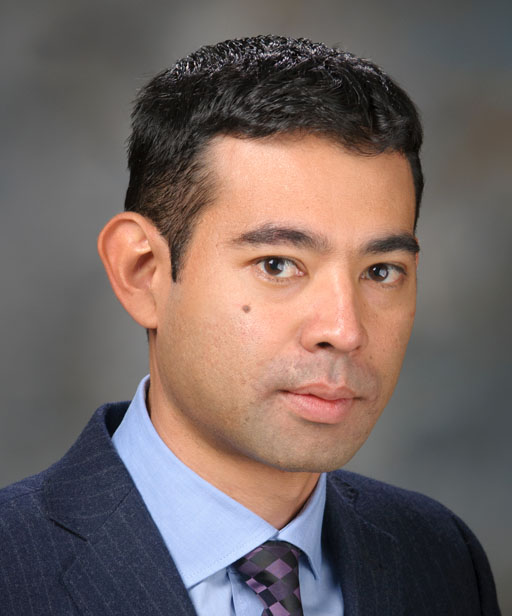
Gabriel Sawakuchi (USA)
A review on the OSL of BeO in light of recent discoveries - the missing piece of the puzzle?
Dr. Eduardo Yukihara
Paul Scherrer Institut, Switzerland
Biography
2004 Assistant Professor, Physics Department, Oklahoma State University
2009 Associate Professor, Physics Department, Oklahoma State University
2016 Head of the Dosimetry Group, Department of Radiation Safety and Security, Paul Scherrer Institute
2016-2018 Professor, Physics Department, Oklahoma State University
2018 Head of the Radiation Metrology Section, Department of Radiation Safety and Security, Paul Scherrer Institute
Summary
The mechanism responsible for the optically stimulated luminescence (OSL) of dosimetric BeO has been puzzling because of contradictory results on the correlation between the OSL and the thermoluminescence (TL) in this material. The recent discovery of intense thermally transferred OSL (TT-OSL) in BeO, however, provides a new piece for this puzzle. In this talk we will review the results on the TL and OSL BeO that are important to formulate a model in this material, present the new data on the TT-OSL in BeO, and discuss how this phenomenon may help elucidate the OSL mechanism in BeO.
